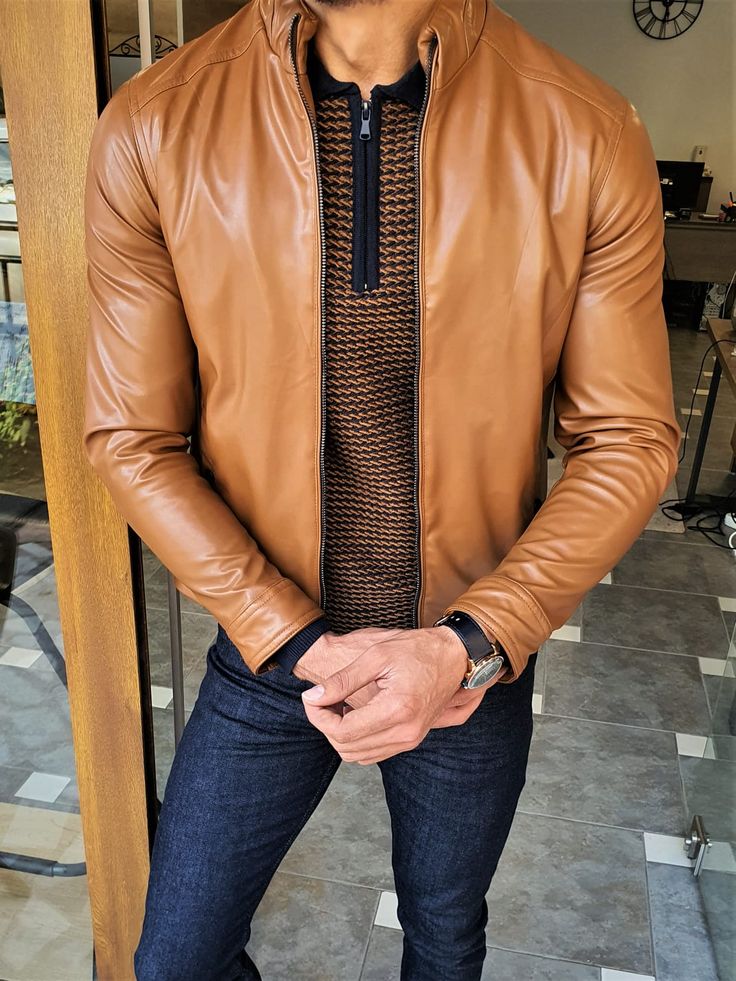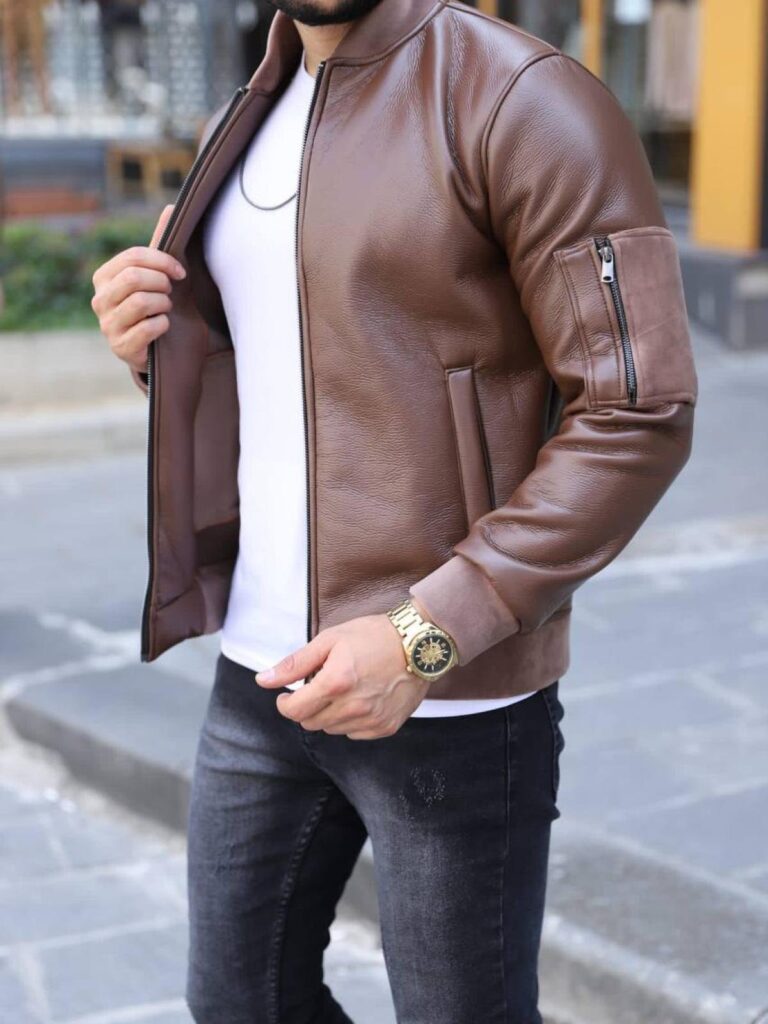The history of Natural Jackets in fashion is a testament to the enduring appeal of sustainable and organic materials. Over the years, these jackets have evolved from utilitarian garments into stylish and versatile pieces, reflecting broader trends in both fashion and environmental awareness.

Early Beginnings: Functionality First
Natural jackets, made from materials such as wool, cotton, and leather, were originally designed for their functional properties. In ancient times, these jackets were primarily worn for warmth and protection against the elements. Wool, with its excellent insulation properties, was a staple in cold climates, while leather provided durability and protection. These early jackets were simple in design, often unadorned, and served the practical needs of the wearer.
The 20th Century: Style Meets Function
The 20th century marked a significant shift in the role of natural jackets, as they began to merge functionality with style. During the early 1900s, wool and leather jackets became popular in both urban and rural settings. The rise of the motorcyclist and aviator culture in the 1920s and 1930s saw leather jackets, such as the iconic bomber jacket, become symbols of rebellion and adventure.
Post-World War II, the fashion industry began to embrace the versatility of natural materials. Wool jackets became a staple in both men’s and women’s wardrobes, with tailored designs that were suitable for both formal and casual occasions. The popularity of denim, a durable cotton fabric, also surged during this time, giving rise to the iconic denim jacket—a timeless piece that remains popular to this day.
The Late 20th Century: Sustainability Takes Center Stage
The latter half of the 20th century saw growing environmental awareness, which began to influence fashion trends. Natural jackets made from organic and sustainable materials gained popularity as consumers became more conscious of the environmental impact of synthetic fabrics. Brands started to promote the use of eco-friendly materials such as organic cotton, hemp, and recycled wool.
This era also saw the revival of traditional craftsmanship, with a focus on quality and longevity. Artisans began to produce handmade jackets that were not only stylish but also sustainable, reflecting a shift towards slow fashion. Leather jackets, once associated with mass production, were now being crafted from vegetable-tanned leather, a more environmentally friendly alternative.
The 21st Century: Innovation and Diversity
In the 21st century, the evolution of natural jackets continues to be shaped by technological advancements and a deepening commitment to sustainability. Innovative materials such as biodegradable fabrics, mushroom leather, and recycled wool are being used to create jackets that are both stylish and eco-friendly.
The design of natural jackets has also become more diverse, catering to a wide range of styles and preferences. From minimalist designs that emphasize clean lines and neutral colors to bold, statement pieces that incorporate vibrant patterns and textures, natural jackets are now a fashion staple for every season.
Luxury brands have also embraced the trend, offering high-end natural jackets made from premium materials. These pieces often come with a higher price tag but are designed to last, aligning with the growing consumer demand for quality over quantity.

Conclusion: A Sustainable Future
The evolution of natural jackets in the fashion industry reflects a broader shift towards sustainability and environmental responsibility. As consumers become more aware of the impact of their fashion choices, natural jackets made from sustainable materials are likely to continue growing in popularity. With ongoing innovation in both materials and design, the future of natural jackets looks promising, offering a blend of style, functionality, and environmental consciousness.



